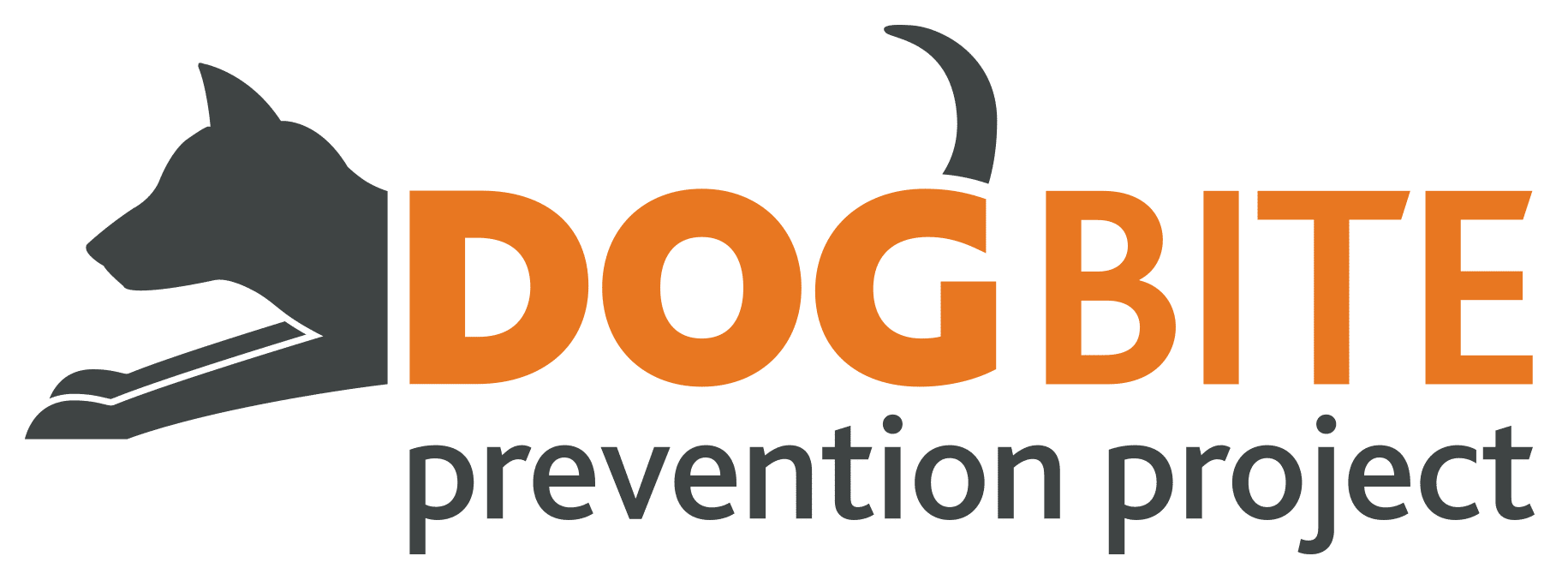We have a bias to towards thinking of animals as physical beings and forget they are also social species like us who rely on safe secure social attachments and emotional safety.
How emotionally safe (or unsafe) a dog or cat feels will be reflected in their behaviour towards you. The safer an animal feels, the safer YOU are.
When working with animals you may be expected to complete physical ‘tasks” as quickly as possible: capture, restrain, re-house, move etc. This allows minimal time for the animal to process its feelings towards you and the situation its in, forces engagement before the animal is ready, and generally allows no opportunity for the animal to exit. All these things compromise the emotional safety of the animal.
Turning your focus to include emotional “care” will help you make small changes that improve not only the safety of the animal but also your own physical safety.
Three Considerations for Emotional Safety
Processing:
- What inputs does the animal need to process for it to feel safe (sounds, smells, people, activities etc)?
- If it’s a young or sensitive animal, it will need more time to process.
Engagement:
- How much choice does the animal feel like it has to engage or interact with you?
- Relief from heightened emotions comes from social connection to another
- If that doesn’t happen the more likely it is for the animal to go into fight/flight
Exits:
- If the animal does engage with you, can it exit?
- If the animal does not engage with you, can it exit?
Emotional safety can’t be taught, it requires patience (particularly in the first year of the dogs life). Dogs in particular rely on safe secure social attachments and social safety is equally as important for dogs as it is for humans.
We challenge you to think about how you can approach the animals in your care, knowing when they interact with you it’s likely they’re experiencing a highly emotional situation. Again as in humans relief comes from social connection – if that doesn’t happen the more likely a dog is to go into flight/flight.
Perception is everything.
How a dog perceives a situation will drive their response to it – if they think someone is not going to help them or they are left to contine seeking the outcome they’re looking for, they can become frustrated and reactive.
Many dogs that are reported as being chronically reactive (ie multiple reports of reactive behaviour) are experiencing significant levels of frustration.
What you can do to help keep a dog emotionally safe.
If you’re going to turn up to the emotional experience of an animal you need to make sure you are in a regulated state both emotionally and physically.
It’s important to be aware of your own body language and the way you are approaching an animal as this will determine its perception of you, and determine if they feel safe or not.
Allowing time for an animal to process that you’re not a threat and giving them the space to engage with you when they’re ready, as well as giving them an opportunity to move away from you if they feel you are a threat will go a long way to reducing a stress response in an animal and protecting your own safety.
In our in person AMO training we talk in detail about ways you can improve the emotional safety of the animals in your care and use this information to better inform your phsical safety.
